This is a drawing of the Earth and its radiation belts.
Click on image for full size
The Discovery of the Radiation Belts
In 1957, Russia launched
Sputnik 1, the first spacecraft to ever be launched. Americans wanted to send up a satellite too. They sent up Explorer I.
Even though this was America's first satellite, Explorer I made a huge discovery. Explorer I made measurements that helped Dr. Van Allen discover the radiation belts.
You might also be interested in:
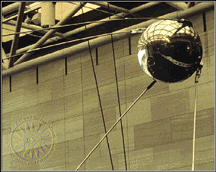
The Soviet Sputnik program consisted of four satellites, three of which reached Earth orbit. Sputnik 1, launched on Oct.4, 1957, became the first artificial satellite to successfully orbit the Earth. It
...more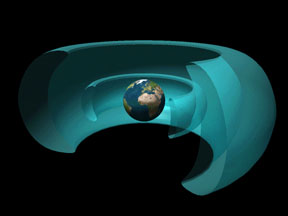
You may have seen a spider web catch bugs in it. Well, the Earth's magnetic field is kind of like a spider's web. It catches particles (protons and electrons) in it. The Earth's magnetic field catches
...more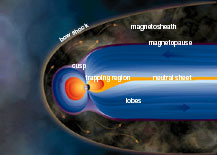
The Earth has a magnetic field with north and south poles. The magnetic field of the Earth is surrounded by the magnetosphere. The magnetosphere keeps most of the particles from the sun, carried in solar
...more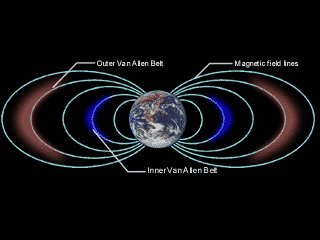
In 1957, Russia launched Sputnik 1, the first spacecraft to ever be launched. Americans wanted to send up a satellite too. They sent up Explorer I. Even though this was America's first satellite, Explorer
...more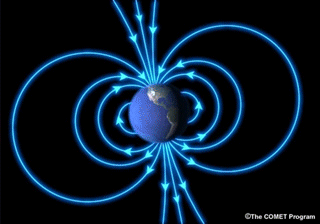
Earth has a magnetic field. If you imagine a gigantic bar magnet inside of Earth, you'll have a pretty good idea what Earth's magnetic field is shaped like. Of course, Earth DOESN'T have a giant bar magnet
...more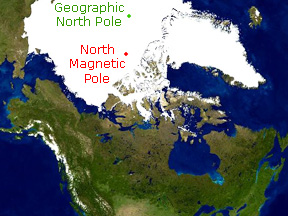
Earth has a magnetic field with a north pole and a south pole. Earth's magnetic field is pretty much like the magnetic field around a bar magnet. Earth's North Magnetic Pole (NMP) is not in the same place
...more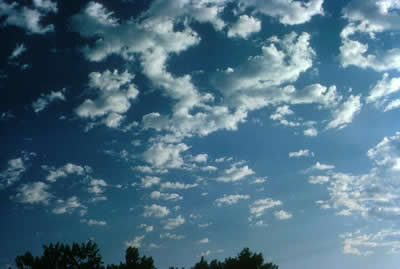
Altocumulus clouds are part of the Middle Cloud group. They are grayish-white with one part of the cloud darker than the other. Altocumulus clouds usually form in groups. Altocumulus clouds are about
...more














